
Deputy Minister of Justice Nguyen Thanh Tu speaks at the workshop. Photo: VGP/DA
On October 15, the Ministry of Justice organized a scientific workshop "Theoretical issues on perfecting the structure of the legal system" chaired by Deputy Minister of Justice Nguyen Thanh Tu.
Speaking at the opening of the workshop, Deputy Minister of Justice Nguyen Thanh Tu said that at the Special Session of the Central Steering Committee on Institutional and Legal Improvement, General Secretary To Lam, Head of the Steering Committee, assigned the Party Committee of the Ministry of Justice to preside over the research and development of the Project "Improving the structure of Vietnam's legal system to meet the requirements of national development in the new era". The ultimate goal is to turn institutions and laws into competitive advantages, playing a leading role in socio -economic development, towards the goal of a rich people, a strong country, a democratic, equitable and civilized society.
According to Deputy Minister Nguyen Thanh Tu, in essence, an institution is made up of three elements: Law, institutions operating the legal system and law enforcement. A strong institution not only has a complete legal framework, but also must have effective enforcement institutions and a synchronous and unified operating mechanism.
Therefore, the structure of the legal system needs to be viewed comprehensively - from the form and hierarchy of legal documents to the relationship between branches of law, between general law and specialized law, between public law and judiciary, between domestic law and international treaties. Evaluating and reviewing the structure of the legal system will help improve institutional quality, meeting the requirements of national development in the new period.
Speaking at the workshop, Prof. Dr. Phan Trung Ly, former Chairman of the National Assembly's Committee on Law and Justice, proposed clarifying basic concepts such as "law", "legal system" and "legal system structure", ensuring that they correctly reflect the requirements of the digital age, when the law must adapt to "digital law", "digital rules" and new challenges of digital transformation.
Regarding the structure, Prof. Dr. Phan Trung Ly believes that the legal system should be divided into 3 levels: Nature, content and form. According to him, Vietnam currently does not have a comprehensive model of the legal system structure, but only stops at handling specific issues in each document. Therefore, it is necessary to soon establish a common model framework to guide the restructuring of the entire system.
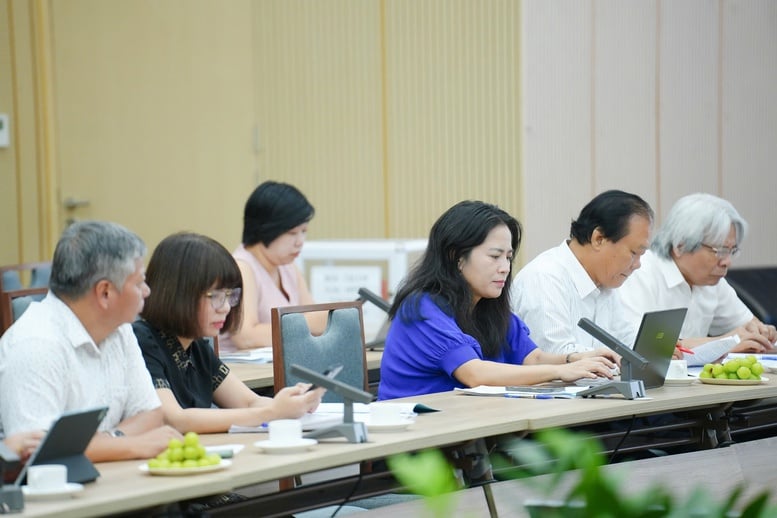
Delegates attending the Workshop. Photo: VGP/DA
Notably, Professor Phan Trung Ly emphasized the need to review the classification of "soft law". He said that the failure to fully internalize international treaties has resulted in many commitments not being implemented, reducing the effectiveness of the law in practice. Therefore, in the process of restructuring the legal system, special attention should be paid to enhancing the status and effectiveness of international treaties, ensuring compatibility with domestic law.
Associate Professor Dr. Dinh Dung Sy, former Director of the Legal Department, Government Office, said that it is necessary to clarify the concept of "legal system structure", in which the legal system is understood as the product of structure, and structure is the "architecture" of that system. According to him, the three concepts of law, legal system and legal system structure have an organic relationship, need to be considered in a unified manner on the basis of inheriting existing theoretical arguments, while updating modern thinking on law-making. Focus on solving core theoretical problems, approaching on a scientific basis, inheriting relevant factors and at the same time expanding to new trends of legal thinking.
Associate Professor Dr. Dinh Dung Sy stated that the structure of the legal system is understood to include 4 basic levels: the Constitution at the foundation, followed by legislative documents, regulatory documents and finally soft norms and rules. Associate Professor Dr. Sy said that this approach helps clarify the order, connection and internal consistency of the legal system, thereby reflecting the overall "architecture" of Vietnamese law.
According to the Ministry of Justice, the comments at the workshop are an important basis for the Ministry of Justice - the legal gatekeeper agency and ministries and branches to research and suggest specific directions for the upcoming institutional reform process. The goal is for the law to be one step ahead, becoming the driving force and guarantee for the sustainable development of the country.
Dieu Anh
Source: https://baochinhphu.vn/dua-the-che-phap-luat-tro-thanh-loi-the-canh-tranh-102251015173525715.htm


![[Photo] Many dykes in Bac Ninh were eroded after the circulation of storm No. 11](https://vphoto.vietnam.vn/thumb/1200x675/vietnam/resource/IMAGE/2025/10/15/1760537802647_1-7384-jpg.webp)


![[Photo] General Secretary To Lam attends the 18th Hanoi Party Congress, term 2025-2030](https://vphoto.vietnam.vn/thumb/1200x675/vietnam/resource/IMAGE/2025/10/16/1760581023342_cover-0367-jpg.webp)
![[Photo] Conference of the Government Party Committee Standing Committee and the National Assembly Party Committee Standing Committee on the 10th Session, 15th National Assembly](https://vphoto.vietnam.vn/thumb/1200x675/vietnam/resource/IMAGE/2025/10/15/1760543205375_dsc-7128-jpg.webp)

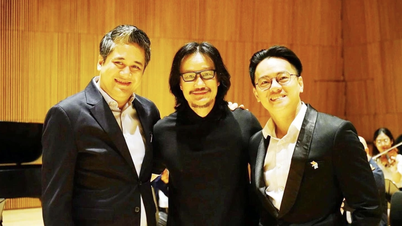


















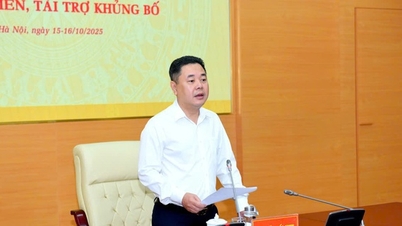
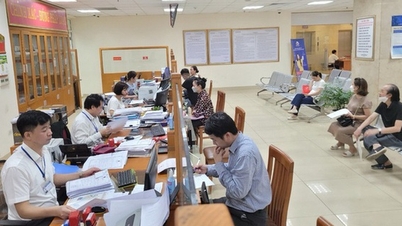




![[Video] TripAdvisor honors many famous attractions of Ninh Binh](https://vphoto.vietnam.vn/thumb/402x226/vietnam/resource/IMAGE/2025/10/16/1760574721908_vinh-danh-ninh-binh-7368-jpg.webp)









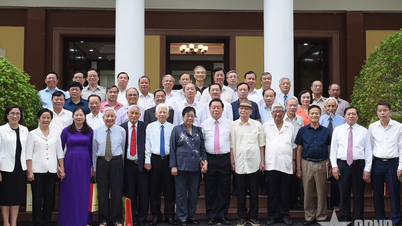


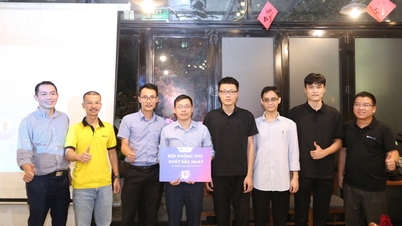

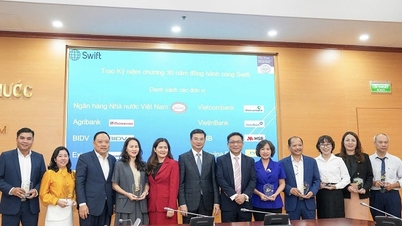

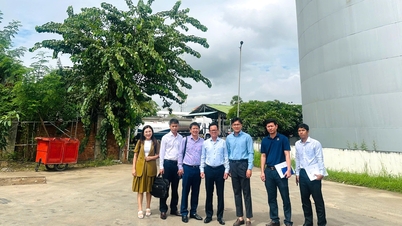










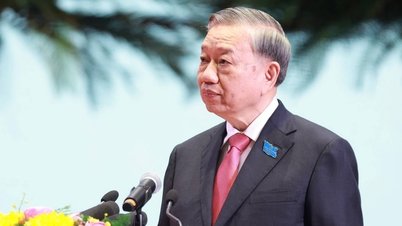


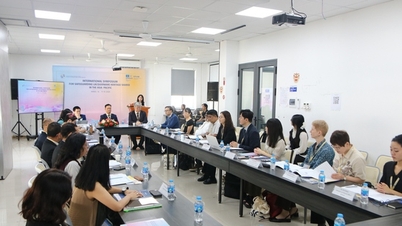

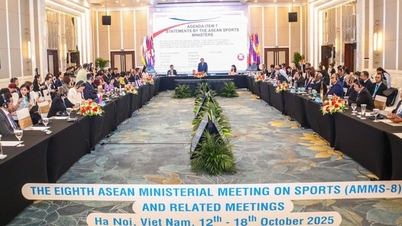
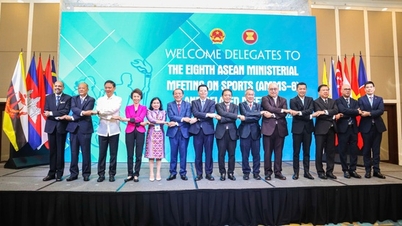



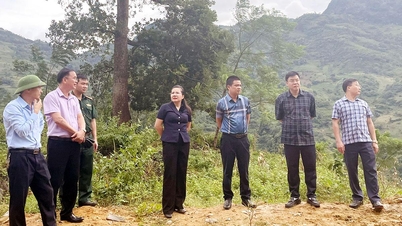





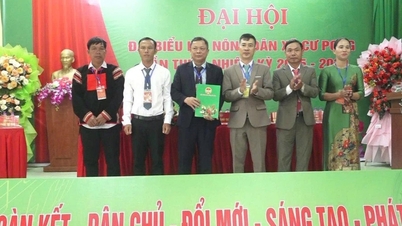




















Comment (0)